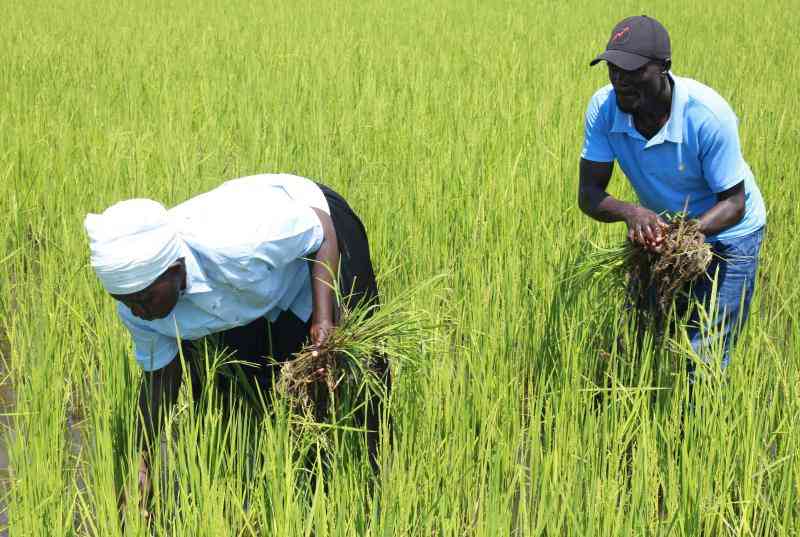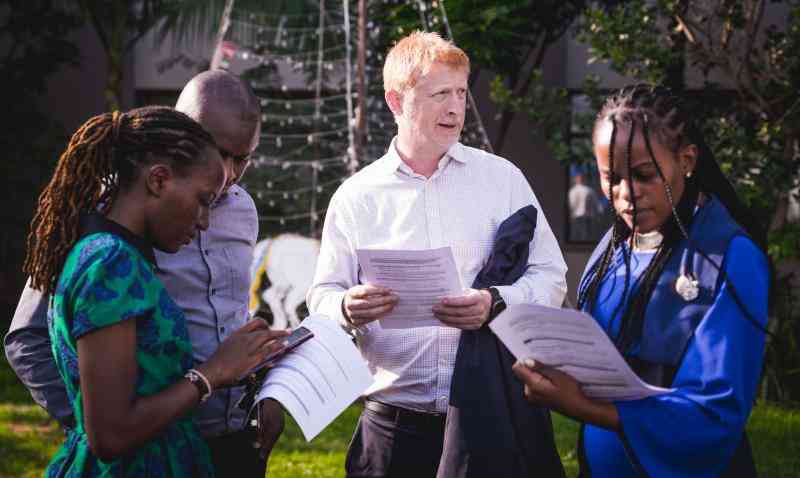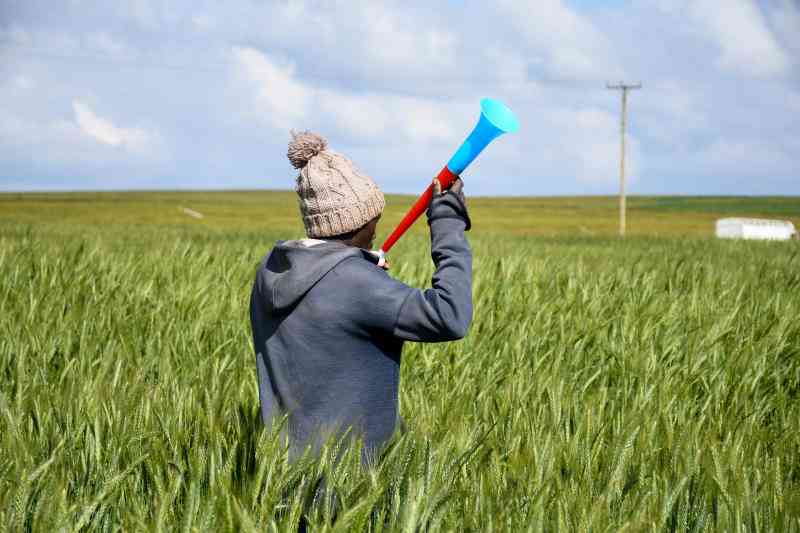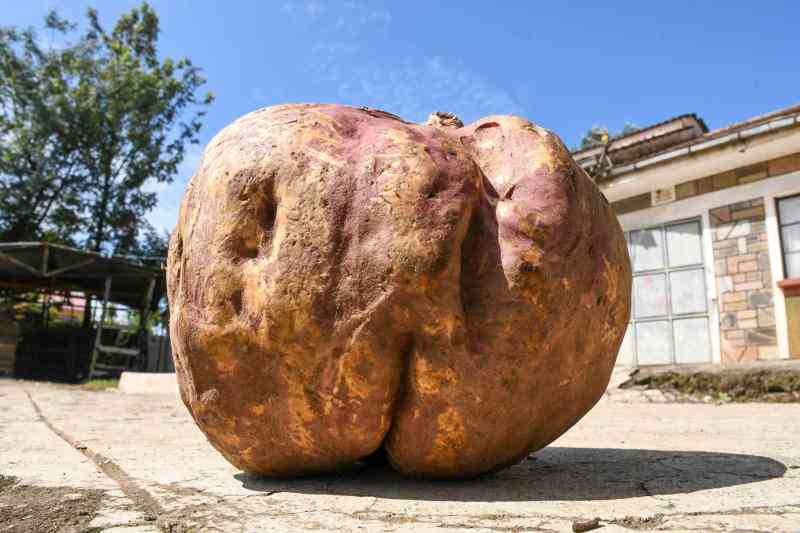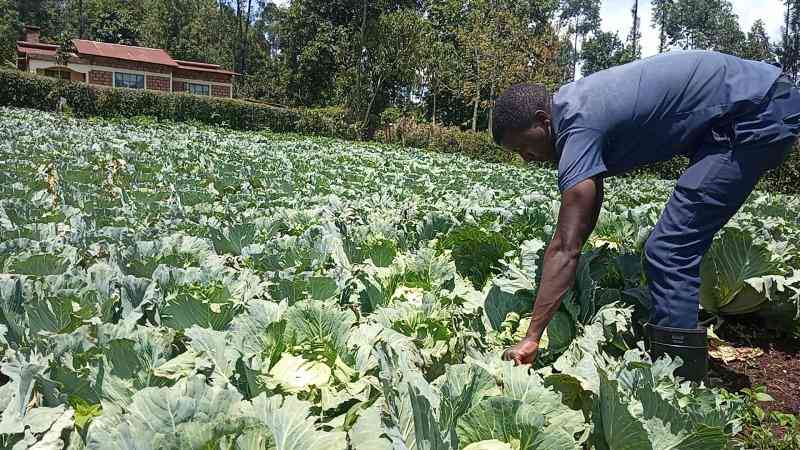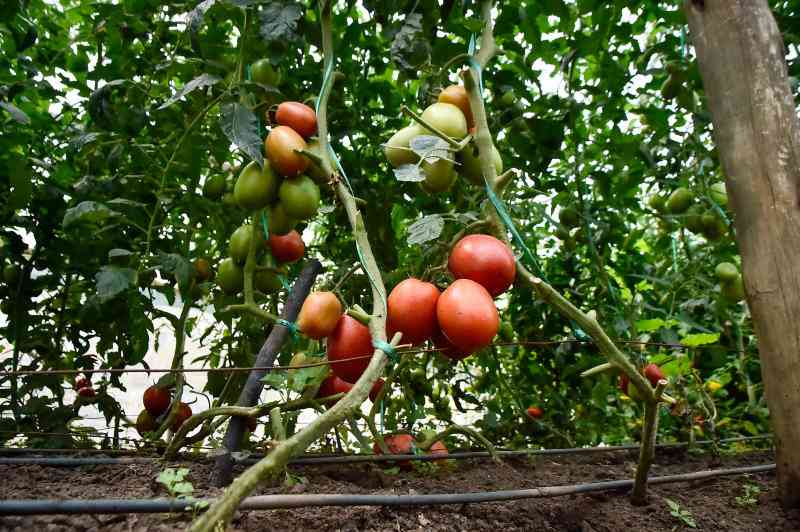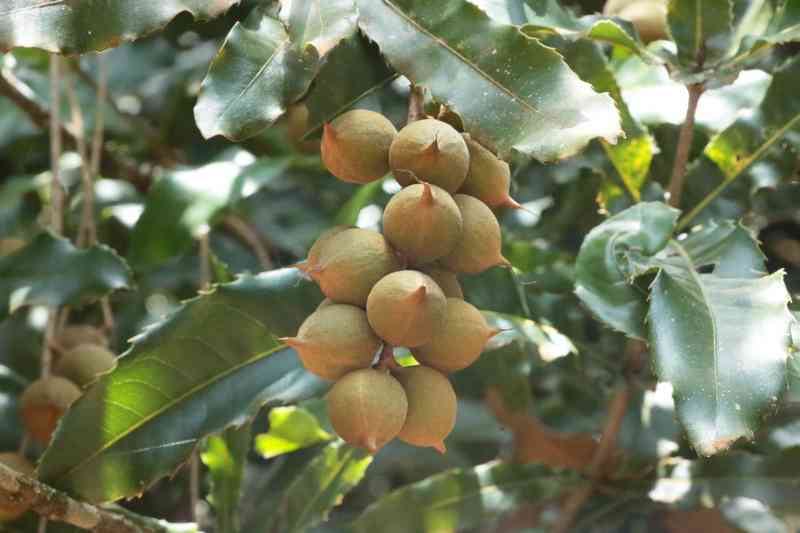
Macadamia nuts on a tree at Gatitu Village in Nyeri. [Kibata Kihu, Standard]
Macadamia is a genus of four species of trees indigenous to Australia and constituting part of the plant family Proteaceae. The most well-known species are Macadamia integrifolia and Macadamia tetraphylla, which are cultivated for their edible nut.
Macadamia nuts are a valuable cash crop in several countries, including Kenya. The global demand for macadamia nuts is high due to their nutritional benefits.
Milka Mumbua from Machakos grows pixie oranges, aside from this, she has macadamia trees. She notes that initial investment for macadamia includes costs for land preparation, seedlings, planting, and maintenance. She gives a guide on how to go about macadamia farming.
Site Selection and preparation
Macadamia trees thrive in areas with moderate to high rainfall (850mm to 1200mm per year) and temperatures between 10°C to 30°C. Ideal altitude ranges from 1,000 to 1,800 meters above sea level and well-drained, deep, fertile soils with a pH of 5.5 to 6.5 are ideal. Avoid waterlogged and saline soils.
Clear the land of bushes, trees, and debris. Conduct a soil test to determine the soil’s pH and fertility status.
Planting
Planting Material: Use certified seedlings from reputable nurseries. Grafted seedlings are recommended as they bear fruit earlier and are more disease-resistant.
Spacing: Standard spacing is 8 meters by 8 meters. This allows each tree to have enough space for canopy expansion.
Planting Holes: Dig holes that are 60 cm by 60 cm by 60 cm. Mix the topsoil with compost or well-decomposed manure before refilling the hole.
Planting Time: Plant at the beginning of the rainy season for better establishment.
Care and management
Watering: Young trees need regular watering until they are well-established. Mature trees require less frequent watering.
Mulching: Apply mulch around the base of the trees to retain soil moisture, suppress weeds, and improve soil structure.
Pruning: Prune the trees to remove dead or diseased branches, shape the canopy, and improve air circulation.
Fertilization: Apply appropriate fertilizers based on soil test results. Generally, macadamia trees benefit from balanced NPK fertilizers.
Weeding: Keep the area around the trees free from weeds to reduce competition for nutrients and water.
Pest and disease management
Pests: Common pests include macadamia nut borer, fruit spotting bug, and aphids. Regular monitoring and appropriate insecticide applications are necessary.
Diseases: Macadamia trees can be affected by diseases such as root rot and anthracnose. Use fungicides and practice good farm hygiene to manage diseases.
Harvesting
Maturity: Macadamia trees start producing nuts after three to four years. The nuts are ready for harvest when they fall naturally to the ground. This usually happens seven to 10 months after flowering.
Processing: Remove the husks and dry the nuts to reduce moisture content. Proper drying is essential to maintain nut quality.
Marketing
It is prudent to identify potential buyers and understand market demand. Macadamia nuts are in high demand both locally and internationally. Also consider adding value by processing nuts into products like roasted nuts, macadamia oil, or macadamia butter to fetch higher prices.
 The Standard Group Plc is a multi-media organization with investments in media platforms spanning newspaper print
operations, television, radio broadcasting, digital and online services. The Standard Group is recognized as a
leading multi-media house in Kenya with a key influence in matters of national and international interest.
The Standard Group Plc is a multi-media organization with investments in media platforms spanning newspaper print
operations, television, radio broadcasting, digital and online services. The Standard Group is recognized as a
leading multi-media house in Kenya with a key influence in matters of national and international interest.


